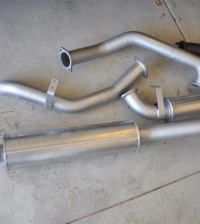3 Perfromance Upgrades for Your D22 Navara
The Navara nameplate has been one of Australia’s best-selling utes over the last few decades. The D22 model paved the way for the success story that was the D40, and the current D23 offerings, and made the steady switch from the unreliable 3-litre turbodiesel shared with the GU Patrol, and the gutless 2.4-litre petrol reserved only for base models. There was a slight cut in power and torque numbers over the bigger oil burner, but Nissan concentrated more on workhorse reliability. Utes with 300K on the odometer are still going strong, and lower mileage cars are now a decent and inexpensive second-hand buy if you’re looking for decent towing or a car that can handle some rougher terrain.
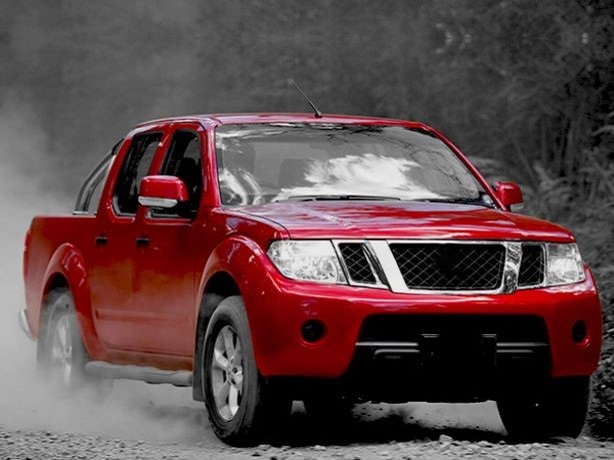
So, what about those power figures? The revised 2.5-litre diesel (from 2007 onwards) puts out 98kW and 304Nm of torque at 2000 rpm. Decent for the day, but outpaced by every ute currently sold. If you’re looking for more push and pull from your D22 ute, a few inexpensive accessories can get you there. These include an aftermarket D22 Navara exhaust, a modified intake or snorkel, and a stage 1 ECU remap that won’t cost you an arm and leg but will deliver an extra bite when you need it.
Why Change the Stock Exhaust in Your D22 Navara?
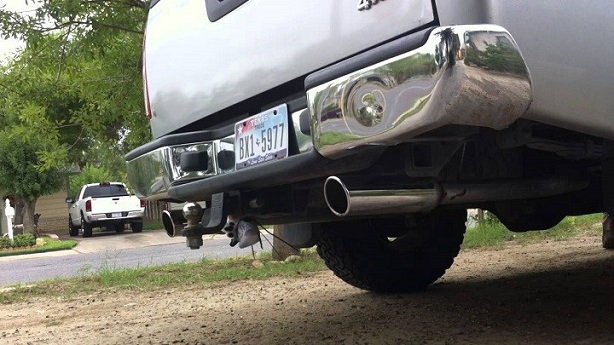
Nissan (and partner Renault) like all manufacturers cut corners to keep prices down. The exhaust is one of those parts bearing the brunt. The factory exhaust was made of crush-bent mild steel in narrower tubing, and more bends than an Eastern brown. Airflow was restricted in critical areas along the tubing, the material was prone to kinks and dents, and the exhaust as a whole didn’t hold up well against mud or water. The result was that it robbed the engine of potential power.
Aftermarket exhausts aren’t anything new, but it’s only recently that they’ve been considered by off-roaders, campers, and tradies. Mostly for the power gains they bring, but also the looks and the chance to tune the exhaust sound. These use mandrel-bent, high-grade (409) stainless steel even in the most inexpensive variants, so fare better in harsher conditions, and most importantly, won’t rust. Besides being tougher, the piping retains uniform width along the whole length, so there are no airflow restrictions, cases of backpressure, and the engine choking from its own exhaust. All this put together means exhaust gases are removed faster, and the engine becomes more efficient, cycling faster through different engine strokes. In a word, you get a faster ute.
The design of different d22 exhaust parts plays a major role here. Most buyers will choose a turbo D22 Navara exhaust for the most performance, swapping out parts like restrictive catalytic converters (for high-flow variants) and revised downpipes and collectors. They can also get the sound they want by opting for a resonated exhaust, or a non-resonated design consisting of wider straight tubes. All this is easy to install, with simple bolt-on hardware keeping everything in place.
Look for systems that have been extensively road tested to ensure you’re getting a true blue product. Exhausts undergo very high heat, pressure, and vibrations that will affect how they perform and how long they last. There a quite a few local builders to consider, so do your research before biting the bullet.
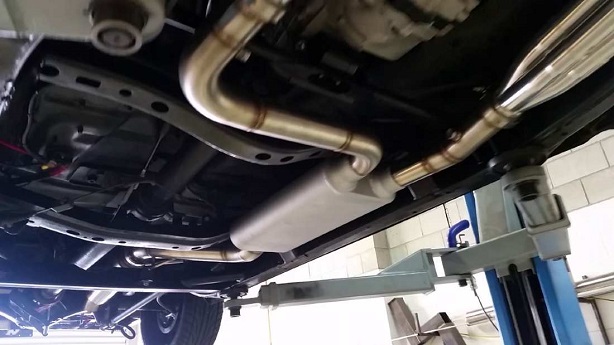
Consider a New Air Intake
Pair your new Navara D22 exhaust upgrade with an aftermarket cold air intake. Like the stock exhaust tubing, factory intakes are made to a price point and have tubing that needs to fit in the confines of the engine layout. Cold air intakes not only push more air into the engine with wider, revised designs, and at optimal angles and speed but also keep it cooler with the use of custom heat shields. This is important since cooler air is oxygen-rich, and makes for better combustion. There’s also improved filtering, with beefier filters in superior materials. These are often pushed forward, near the bumpers, to scoop larger amounts of cooled air. Paired with intakes are larger airboxes, feeding the cylinders intake hoses with just the right amount of air at any given engine speed and load. And when paired with a decent exhaust, the engine is free to breathe.
Get an ECU Remap
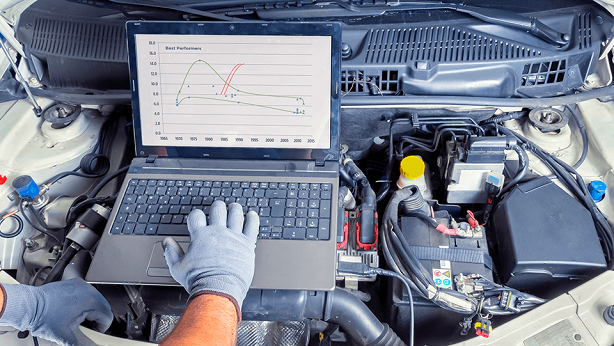
All vehicle parameters, like fuelling, timing, boost pressure, and so on are controlled by the car’s computer or ECU. This contains software ‘maps’ or defined limits as to what each vehicle system can do. The aim is for engine and parts longevity, often at the expense of performance. Having your Navara remapped is a straightforward and simple way of modifying how your ute responds to driver input, by changing throttle response, the turbo threshold, fuel injector pressure, and dozens of other variables. This can improve how fast the ute accelerates, when the turbo kicks, and how much grunt the car has at higher RPMs. And is necessary after modifications, like air intakes and exhausts mentioned above, to ensure smooth and efficient operation.
Just have your ute remapped at a respected shop and have realistic expectations for the money you’re putting in. Combined, an aftermarket exhaust, air intake, and appropriate ECU tune can net you a ute with 10 to 15 per cent more horsepower and torque, available across a much wider power band.

